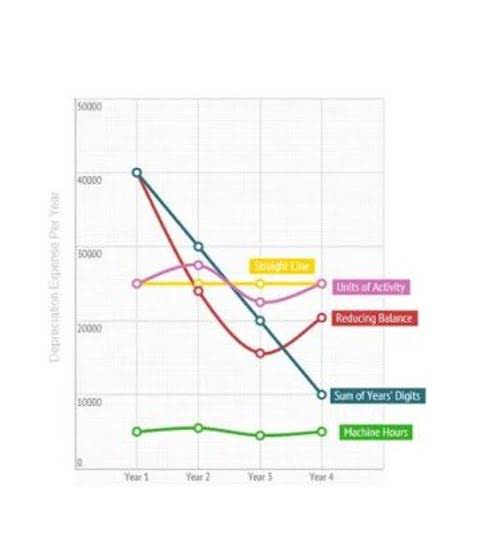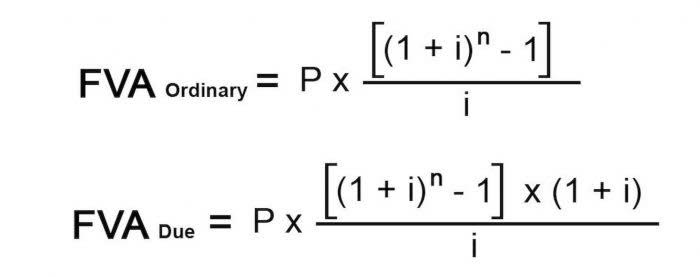FAQ: Capitalization and amortization of R&D costs under new section 174 rules

Unfortunately, the company does not have anyone with the required skills. The company’s human resource team hire trained staff solely to maintain the machine. The maintenance activities of these staff qualify as indirect activities under paragraph 31c of the DSIT guidelines.
Qualifying fields of science
- Table 11 shows how the new firm would calculate the R&D credit if the firm elected to take the alternative simplified credit in 2021.
- Scientific or technological testing and analysis, which directly contributes to the resolution of scientific or technological uncertainty, is R&D (paragraph 26).
- A better meaning of readily deducible is ‘able to be worked out from existing knowledge without significant effort’.
- Identifying the requirements of the new stent is not qualifying R&D because at this stage there is no project which seeks to achieve an advance in science or technology.
- Evidence suggests that a significant portion of increased R&D spending may be driven by reclassification of existing activity as QREs.
- Remember to apportion costs of qualifying activities in a reasonable way.
What definition of r&d for tax purposes is readily available depends on the context of the field. HMRC consider that if you can get information by routine means, such as using standard reference material, this would be readily available. Our team of tax and technical experts know R&D Tax Relief inside and out.
- The merged R&D expenditure credit (RDEC) scheme and enhanced R&D intensive support (ERIS) replace the old RDEC scheme and small and medium-sized enterprise (SME) schemes.
- Only work to achieve the advance in technology, started after the uncertainty was identified, can be qualifying R&D.
- For further explanation see, for example, HMRC guidance at CIRD83000.
- All businesses perform R&D to some degree – but to qualify for R&D tax relief, a company has to meet certain criteria.
- A competent professional will understand the baseline in current technology and develop a clear, well-defined plan to outline the objectives, methodologies, and expected outcomes.
D. Advance in science or technology

Remember that a project consists of a number of activities conducted to a method or plan in order to achieve a goal. The qualifying work will end when you have achieved the advance you seek or when the work to resolve the uncertainty ends. R&D tax relief is for the cost of qualifying activities, not necessarily for the cost of the whole project. The team report on their progress and plan further development and testing to confirm all the uncertainties are resolved and the advance has been achieved.

Government activity

Certain qualifying indirect activities related to the project are also R&D. A later model of the stent may need a new technological advance. R&D for tax purposes may begin again if activities of another sub-project begin which seek to achieve an identified advance by resolving scientific or technological uncertainties. The team carry out a further review of current technologies and test existing materials. They do this to understand how they might use them in the novel design.
- For example, if you’re trying to make a new kind of beer, your competent professional would probably be a chemist with a background in brewing.
- The definition of research and development or experimental expenditures is quite broad, making it a challenge for most businesses to determine how to categorize or re-categorize expenses that might be related to research.
- Because there is scientific and technological uncertainty around whether a material with the desired physical characteristics can be made, the R&D continues.
- A qualifying project begins to resolve this uncertainty as part of seeking an advance in knowledge of manufacturing technology.
- At the time TCJA was enacted, many hoped that Congress would revisit this change to the tax treatment of R&D expenses before it took effect.
This work is part of her job, but the activities are not undertaken to achieve a specifically identified goal which https://www.bookstime.com/articles/financial-statements-for-nonprofits is an advance in science or technology. Colleagues highlight some work as requests to the engineer and these are recorded on job sheets, but there is no specific project to achieve a qualifying advance. You cannot claim R&D tax relief for the costs of such activities. Improvements that arise from taking existing science or technology and deploying it in a new context (e.g. a different trade) with only minor or routine changes are not appreciable improvements. A process, material, device, product or service will not be appreciably improved if it simply brings a company into line with overall knowledge or capability in science or technology, even though it may be completely new to the company or the company’s trade. Improvements which arise from taking existing science or technology and deploying it in a new context (e.g. a different trade) with only minor or routine changes are not appreciable improvements.

BUSINESS PLANNING

This is because existing knowledge in the field does not allow the stent to be manufactured thinly enough whilst keeping the required structural strength. The stent will need to be structured differently from current designs to be able to deliver drugs to the patient effectively. There is no routine, generally known, or readily deducible way to create this structure. The specific uncertainty identified is how to create an ultra-thin bio-active stent retained earnings with a suitable drug delivery structure for this patient group. The company starts a project to achieve the specific scientific advances.
